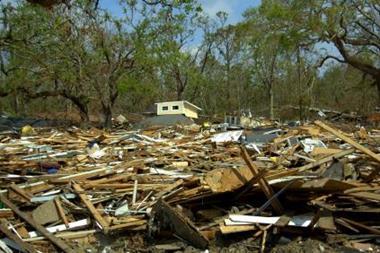Reinsurance rates on line for personal lines, standard commercial lines and complex commercial lines are likely to be flat to lower during mid-year renewals of property catastrophe reinsurance programs, according to analysis by Aon Re Global.
Aon Re has said it also expects a slight excess of capacity relative to likely reduced demand for peak Florida capacity.
The company said that the drivers in play in the property catastrophe reinsurance market leading up to the June 1 and July 1 renewals include:
A nearly loss free reinsurance year in 2006
Restoration of reinsurers' capital bases
Significant participation in the catastrophe reinsurance business from non-traditional sources, such as hedge funds, high net worth individuals, institutional money managers and the asset backed securities market
$10-$14bn of reinsurer capital freed up as a result of additional reimbursement contract capacity provided through the Florida Hurricane Catastrophe Fund, a state-controlled agency that acts as a reinsurer of Florida residential risks
$8-$12bn of reinsurer capital freed up or expected to be freed up from the actual and expected growth of a newly competitive Citizens Property Insurance Corporation, a state-controlled agency that acts as an insurer of Florida residential and commercial risks
Substantial easing of a major rating agency's capital requirements for insurers related to required capital for property catastrophe risks
Improving confidence from reinsurers in the revised catastrophe reinsurance modelsHowever, Aon Re Global said several factors are working contrary to these dynamics. These include:
Increasing pressure for property catastrophe reinsurers to return capital to shareholders as market conditions soften
The potential for reinsurance industry consolidation and related capital management measures that may reduce capital and capacity
Expectations that non-traditional investors such as hedge funds will be disciplined as expected returns on collateralised products decrease as market conditions soften













































